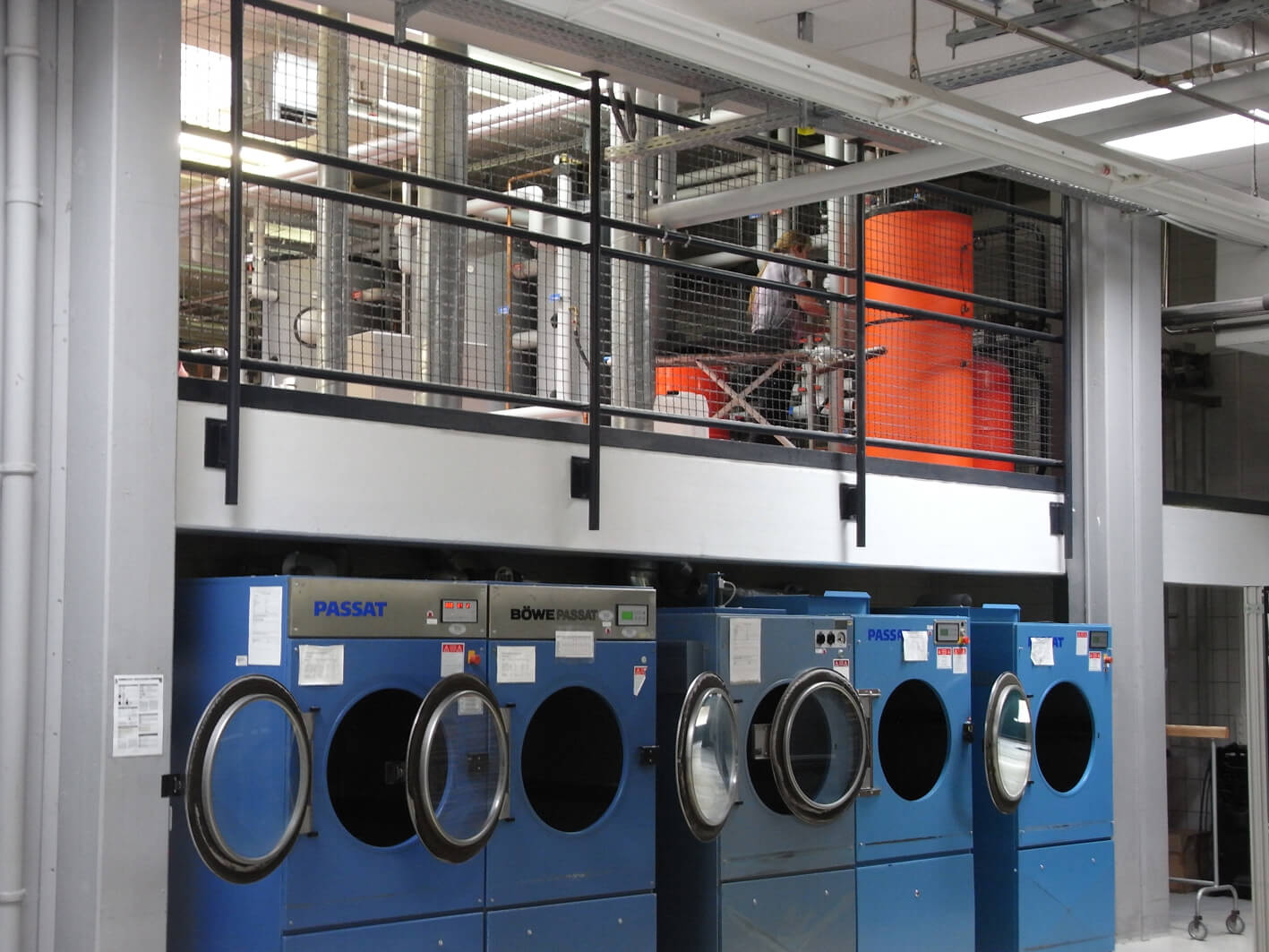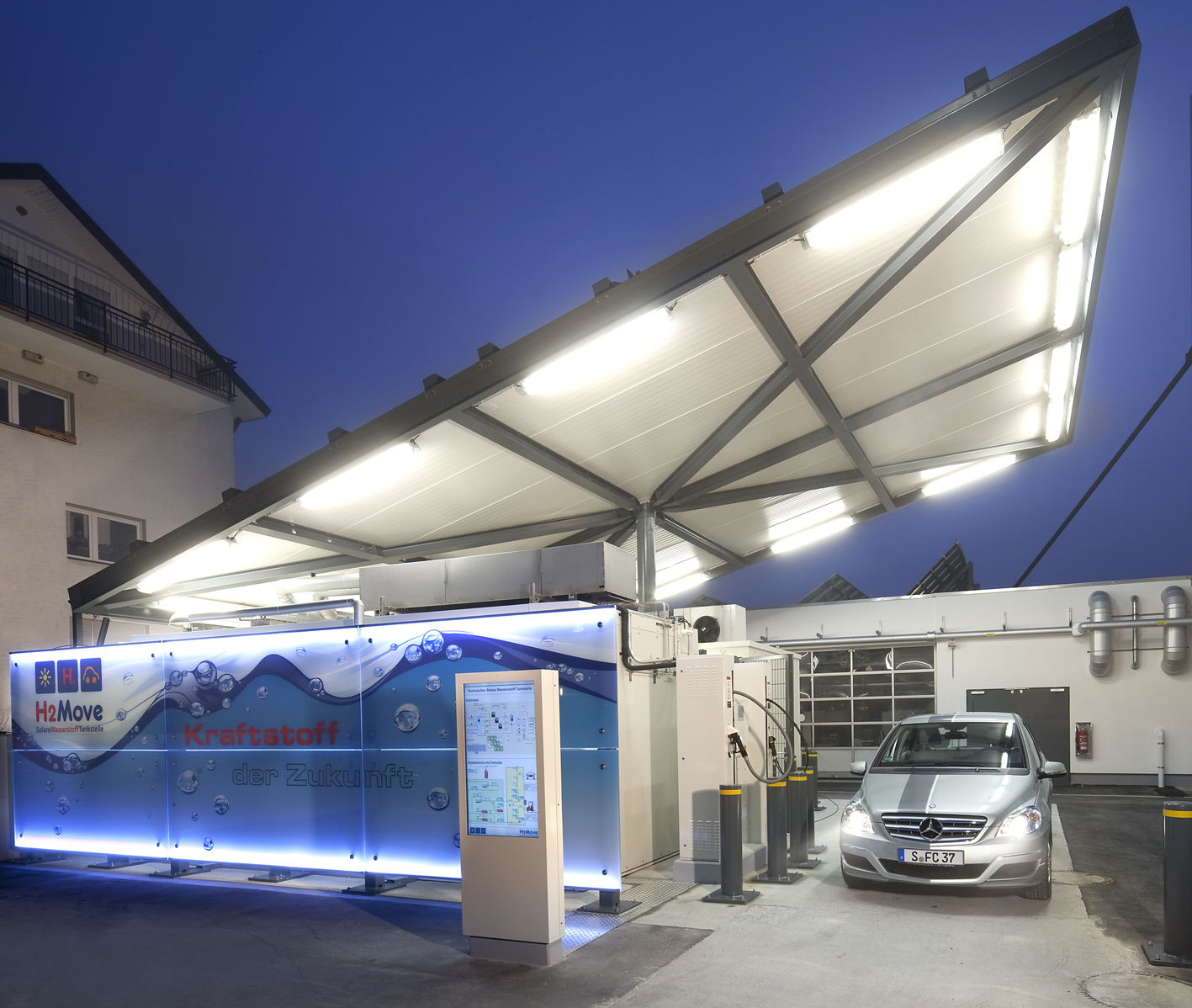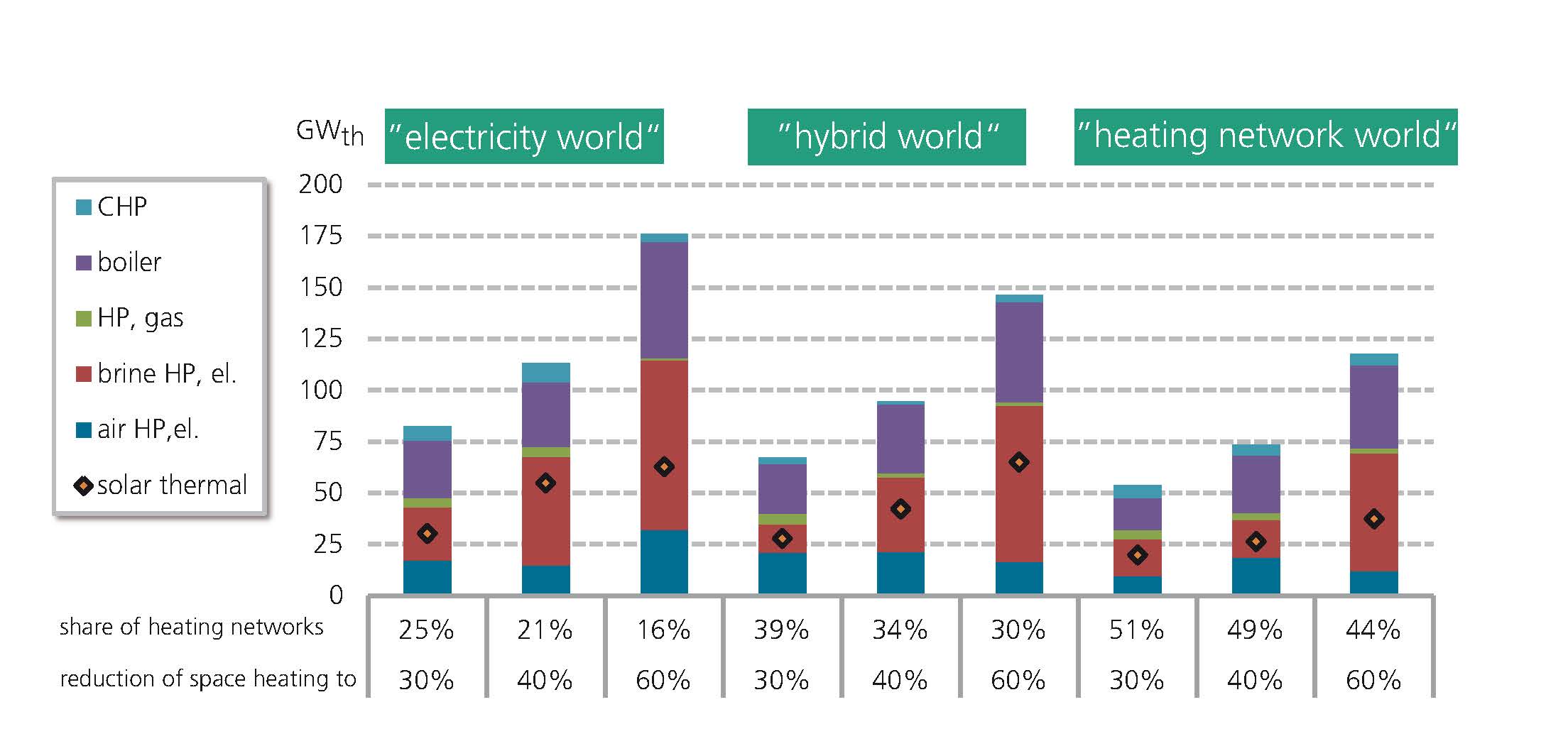| Duration: | May 2010 - October 2013 |
| Contracting Authority/ Sponsors: | German Federal Ministry for the Environment, Nature Conservation and Nuclear Safety (BMU) |
| Project Partners: | Fraunhofer Institute for Systems and Innovation Research ISI, Karlsruhe; Bremer Energieinstitut; Öko-Institut; Energy Economics Group of the Technical University of Vienna; Institute for Resource Efficiency and Energy Strategies (IREES) GmbH |
Integrated Heating and Cooling Strategy for Germany



Around 57% of the end energy demand in Germany is used as heat, of which a good half is for space heating, and slightly less than 40% and 10% are for process heat and domestic hot water respectively. Around 15% of the German electricity demand is used for cooling processes, mainly in the industrial sector. Thus, heating and cooling applications are decisive contributors to the emissions of greenhouse gases related to energy consumption. The central questions of our analysis are therefore: Which combination of reduced consumption, increased efficiency in conversion chains and application of renewable energy is recommended to reach the goals set for heating and cooling applications concerning climate protection? And which package of political measures will yield the envisaged results?
A project consortium led by Fraunhofer ISE was commissioned by the German Federal Ministry for the Environment, Nature Conservation and Nuclear Safety (BMU) to carry out a comprehensive analysis of the German heating and cooling sector. In the first phase, scenario analyses were prepared up to 2020 for all consumption sectors – households, commerce, trade, services and industry – based on very comprehensive modelling. The reports showed that the goal of meeting a share of 14% of the end energy demand for all heating and cooling applications by renewable energy can be achieved only by a combination of different, ambitious measures, including legal changes, financial support and specific instruments and information for each target group.
In a second phase, an outlook on the heat demand of the building sector was prepared for the period up to 2050. To this purpose, consistent target systems were defined, which agree with the climate-protection goals of the German Federal Government. In this work, calculations and optimisation were also made with the ”REMod-D” (Regenerative Energy Model for Germany) model, which was developed at Fraunhofer ISE. Among other aspects, the results underlined the great importance of heat pumps for future heating technology (Fig. 3).